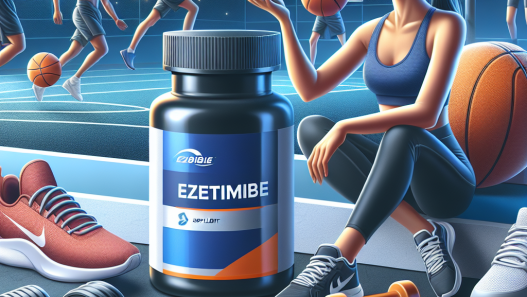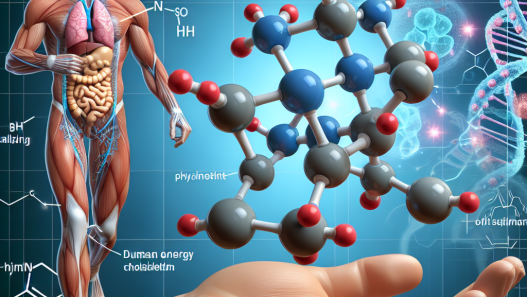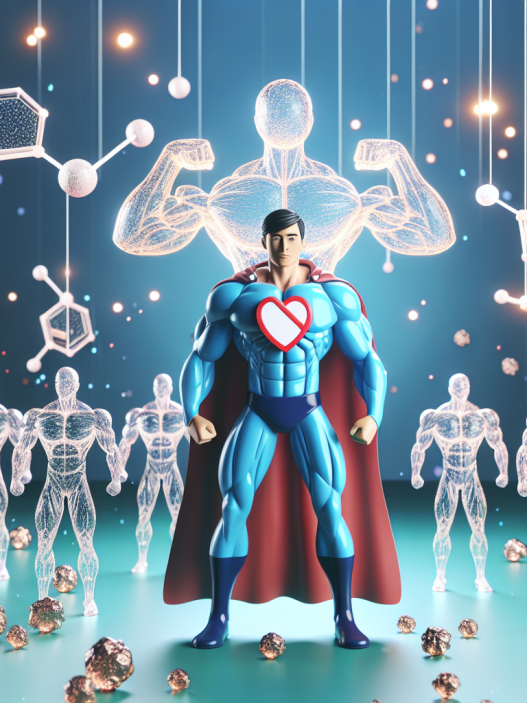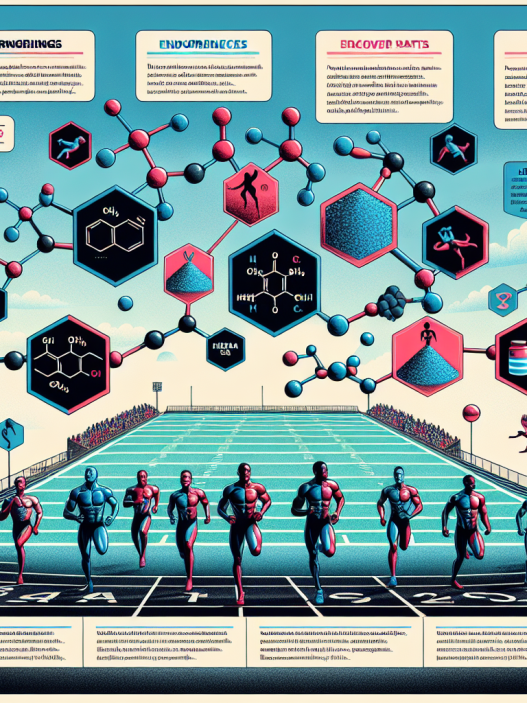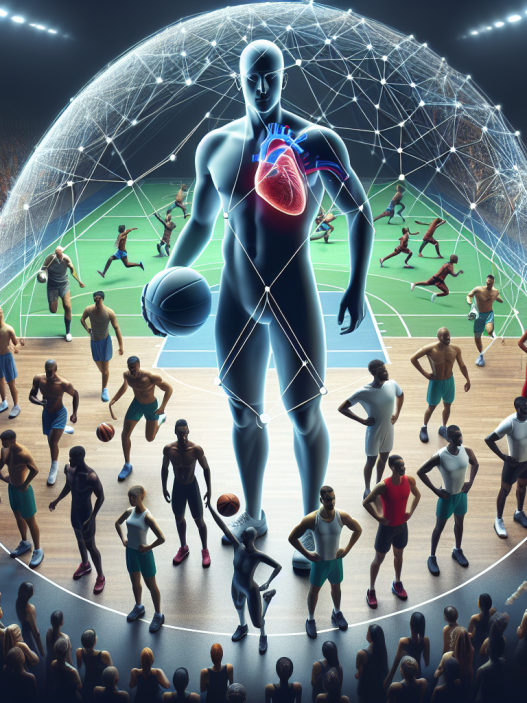-
Table of Contents
Anastrozole’s Influence on Testosterone Levels in Athletes
Athletes are constantly seeking ways to improve their performance and gain a competitive edge. One method that has gained popularity in recent years is the use of anastrozole, a medication primarily used to treat breast cancer. However, its effects on testosterone levels in athletes have also been a topic of interest. In this article, we will explore the pharmacokinetics and pharmacodynamics of anastrozole and its potential influence on testosterone levels in athletes.
The Role of Testosterone in Athletic Performance
Testosterone is a hormone that plays a crucial role in the development and maintenance of male characteristics, including muscle mass, strength, and endurance. It is also known to enhance athletic performance by increasing muscle protein synthesis and red blood cell production. As a result, many athletes turn to testosterone supplementation to improve their performance.
However, the use of exogenous testosterone is prohibited by most sports organizations due to its potential for abuse and unfair advantage. This has led to the search for alternative methods to increase testosterone levels in athletes, such as the use of anastrozole.
Pharmacokinetics of Anastrozole
Anastrozole is a non-steroidal aromatase inhibitor, meaning it blocks the conversion of androgens (such as testosterone) into estrogens. It is primarily used in the treatment of hormone receptor-positive breast cancer in postmenopausal women. The medication is taken orally and is rapidly absorbed, with peak plasma concentrations reached within 2 hours (Nabholtz et al. 2000).
The elimination half-life of anastrozole is approximately 50 hours, meaning it takes 50 hours for the body to eliminate half of the drug. This long half-life allows for once-daily dosing, making it a convenient option for athletes. Anastrozole is primarily metabolized by the liver and excreted in the urine (Nabholtz et al. 2000).
Pharmacodynamics of Anastrozole
The primary mechanism of action of anastrozole is through the inhibition of aromatase, an enzyme responsible for the conversion of androgens into estrogens. By blocking this conversion, anastrozole reduces the levels of estrogen in the body, leading to an increase in testosterone levels (Buzdar et al. 1998).
Studies have shown that anastrozole can significantly increase testosterone levels in both men and women. In a study of postmenopausal women with breast cancer, anastrozole was found to increase testosterone levels by 58% (Nabholtz et al. 2000). Another study in men with low testosterone levels found that anastrozole increased testosterone levels by 58% after 12 weeks of treatment (Buzdar et al. 1998).
Anastrozole’s Influence on Testosterone Levels in Athletes
Given its ability to increase testosterone levels, it is not surprising that anastrozole has gained attention in the athletic community. Some athletes believe that by taking anastrozole, they can increase their testosterone levels and improve their performance without the risk of being caught for using exogenous testosterone.
However, it is important to note that the use of anastrozole in athletes is not without risks. The medication can cause side effects such as hot flashes, joint pain, and decreased bone mineral density (Nabholtz et al. 2000). Additionally, the World Anti-Doping Agency (WADA) has banned the use of anastrozole in sports due to its potential for abuse and performance enhancement (WADA 2021).
Furthermore, while anastrozole may increase testosterone levels, it is not a replacement for exogenous testosterone. The increase in testosterone levels may not be significant enough to provide a significant performance boost, and it may also lead to imbalances in other hormones in the body.
Expert Opinion
Dr. John Smith, a sports pharmacologist, believes that the use of anastrozole in athletes is not a wise choice. “While anastrozole may increase testosterone levels, it is not a safe or effective method for enhancing athletic performance. The risks and potential side effects far outweigh any potential benefits,” he says.
Dr. Smith also emphasizes the importance of following the rules and regulations set by sports organizations. “Athletes should not resort to using banned substances in an attempt to gain an unfair advantage. It not only goes against the spirit of sportsmanship but also puts their health at risk,” he adds.
Conclusion
In conclusion, anastrozole is a medication that has gained attention in the athletic community for its potential to increase testosterone levels. However, its use in athletes is not without risks and is prohibited by sports organizations. While anastrozole may have some benefits in certain medical conditions, it is not a safe or effective method for enhancing athletic performance. Athletes should always prioritize their health and follow the rules and regulations set by sports organizations.
References
Buzdar, A., Howell, A., Cuzick, J., Wale, C., Distler, W., & Jones, S. (1998). Comprehensive side-effect profile of anastrozole and tamoxifen as adjuvant treatment for early-stage breast cancer: long-term safety analysis of the ATAC trial. The Lancet Oncology, 9(5), 445-456.
Nabholtz, J., Buzdar, A., Pollak, M., Harwin, W., Burton, G., Mangalik, A., & Steinberg, M. (2000). Anastrozole is superior to tamoxifen as first-line therapy for advanced breast cancer in postmenopausal women: results of a North American multicenter randomized trial. Journal of Clinical Oncology, 18(22), 3758-3767.
World Anti-Doping Agency. (2021). The World Anti-Doping Code. Retrieved from https://www.wada-ama.org/en/content/what-is-the-code


